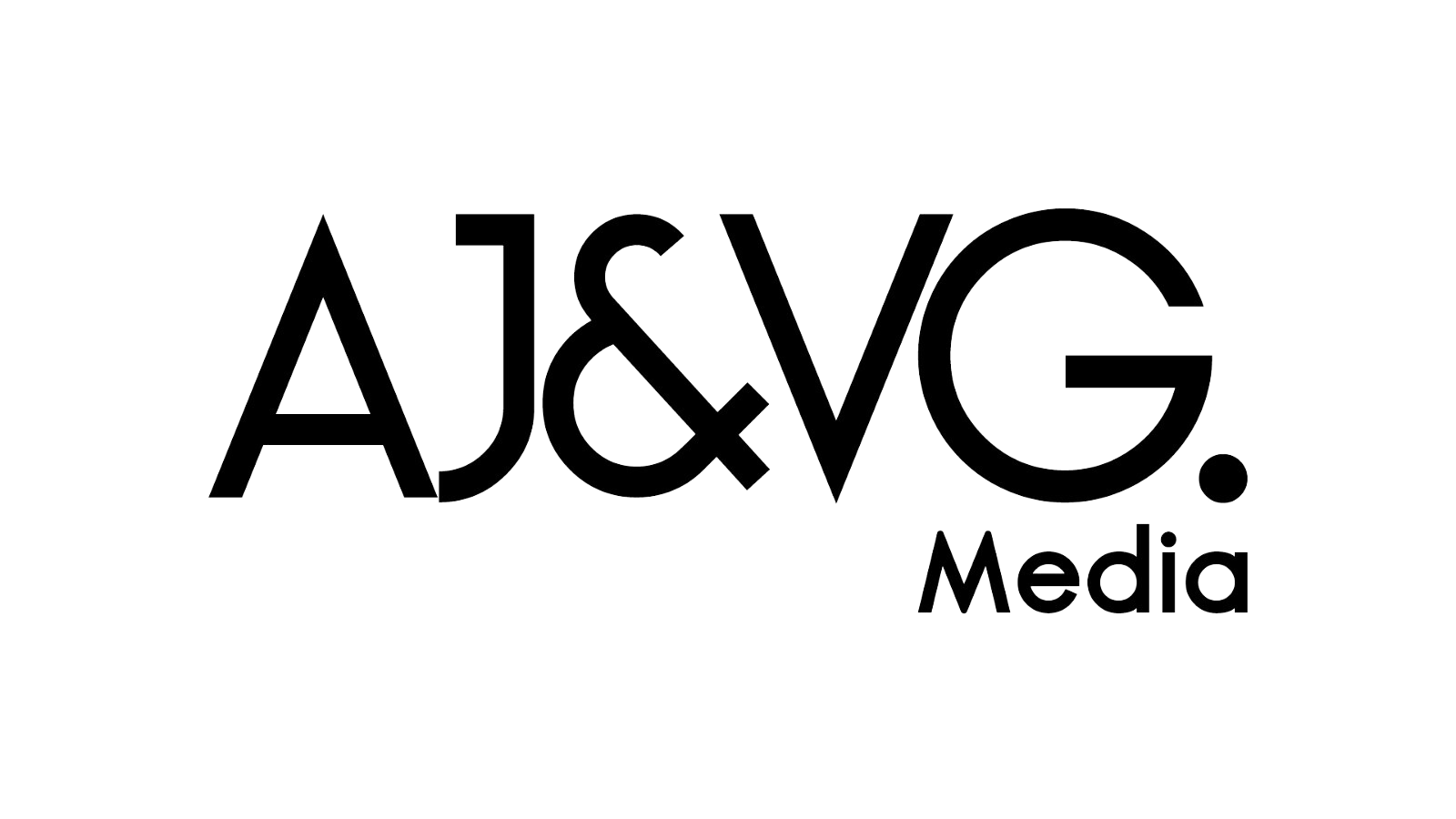IoT, a raging trend in the industry right now has introduced us to revolutionary innovations within the space itself. Consumers have started understanding the concept of IoT and have gradually started taking interest in the benefits it brings along. Looking at the present technology scenario, it is easier to predict that we are approaching towards a time when your bedside alarm clock will also be able to dispense coffee right after you wake up. Seems unrealistic, but very much possible. It has been predicted that IoT would transform the way we live, work and play, and enable new interactions between humans and machines. As valuable as IoT has been already for industrial applications, the consumer side of IoT has the potential to profoundly and very visibly transform our everyday lives. If given a close look at the scenario, almost every day, across the world, devices are getting connected to the Internet — thermostats, water meters, home alarms, kitchen gadgets, medical equipment, factory machinery and let’s not forget cars. In fact, a recent report by Gartner stated that “there will be nearly 20.8 billion devices on the internet of things by 2020”. This Internet of Things is evolving rapidly, and with it, consumers are more connected than ever before.
Since 2013 the IoT landscape globally has witnessed many transformations, when we were trying to make sense of the “Internet of things”; in late 2014 it seemed IoT has reached full escape velocity, and in 2016 we have been witnessing different trends and discoveries which would revolutionize the space. Let’s take a look at the top trends that will define the Internet of Things in 2017 and beyond.
TRENDS IMPACTING THE FUTURE OF THE INTERNET OF THINGS:
As a consequence of IoT, a lot of innovations have taken place. Until 5 years back, could we have thought of a smart hospital bed or a fridge which can order groceries for you? No. But today we are much closer to this reality. Similarly, did we ever think that voice controls would take over manual applications of devices? In this case, voice becomes the primary user interface for the smart home and connected lifestyle. In 2017, the market will come across newer inventions, which would transform the IoT market completely. Let’s look through a few IoT trends.
Devices will work together in Harmony
While there are devices and there is the internet infrastructure, till recently each device accessed the internet to serve its own purpose. But what if we bring more devices to access the internet and harmoniously talk to each other to achieve tasks which were not possible as a standalone device. The compounding effect which can add to the convenience of the user is huge.
Smart Homes
According to Business Insider’s premium research service, by 2020, 193 million smart home devices will be launched globally. This number gives us an insight into the rapid adoption of IoT devices for smart homes. Imagine a scenario where by the time you reach home the AC would have cooled your home, the water heater would have heated your water and a hot cup of coffee will be waiting for you all with the use of IoT devices connected to your smartphone. Similarly, your fridge will automatically detect when certain vegetables are low in quantity it will automatically order from the grocery store without you even lifting a finger.
And from smart homes, the next logical step is smart cities, which would take the IoT to the next level.
Smart Cities
Smart cities are a concept which is still in the budding stage. Though the term has evolved to mean many things to various people, yet, one thing remains constant: part of being “smart” is utilizing information and communications technology (ICT) and the Internet to address urban challenges. Companies globally, are coming up with solutions that include intelligent street lighting which will switch itself off to conserve energy when there’s no one around, mapping energy use around the city to better understand demand. For instance, garbage trucks will be alerted to the location of refuse that needs collecting and sensors in our cars will direct us towards available parking spaces.
Evolvement of customer experience towards IoT
IoT will drive the evolution in ‘customer experience’. From retailers incorporating sensors in apps to chip cards and digital payment reformulate the transaction process. By connecting to user’s data on sources like Facebook and past shopping history, the stores can serve the customer better, imagine if the customer’s friend or family is having a birthday, the store will get the information with IoT devices and suggest gifts for him or her. In another scenario, a stress can access data from the customer’s fridge to keep groceries ready while he or she shops for other things. Lives will be made easier through improved user experiences. But IoT devices must be made secure.
The value chain witnessing activity due to IoT
By integrating, investing, acquiring, and expanding into entirely new offerings and relationships, companies are driving bottom line growth (to core products and services). Adoption of IoT by consumer-focused industries has further given a rise to the preferences of people, thereby increasing the demand for consumer IoT devices to be put in use.
Data will be the King
Generation of the stupendous amount of data by various companies is compelling them to figure out ways to monetize it. All this data can be fed into IoT devices that will enable businesses to automate routine tasks, detect trends from operations and, from those trends, optimize processes.
Challenges
Being just at the initial stage of IoT adoption, where the future holds a major scope for the trend to thrive, we are also experiencing a phase when IoT today is largely at this inflection point where the future is already here but it is not evenly distributed. So, how do we ensure this even distribution? Companies need to properly understand the space and make sure that resources are being put to applicable use.
The industry is still in the maturing phase. There is no single technology platform adopted across the IoT industry, which is preventing a large and healthy ecosystem from emerging. This is very different from the early days of the web where any HTML-compliant browser could be used to navigate any website from the very start. Though IoT is an exciting term in itself, but one should also be ready to handle the consequences like security issues. In the case of IoT applications, consumers today still do not have sufficient knowledge on what information is being collected about them and for what purpose. They don’t know if their data may be used in ways that may affect their employment, access to credit, insurance rates, or even expose them to physical risks. Industries are skeptical of the fact that, will IoT adoption ease their work or add up to various security breaches. In order to change this mindset, it would still take some time which would require people to explore the possibilities of what benefits can IoT bring with it.
However, IoT will also be a part of our lives sooner or later just like how online banking and e-commerce has caught on. With the sheer number of connected devices and the benefit of using big data and intelligent devices, the benefits will far outweigh any initial teething troubles. As more consumers and businesses become accustomed to IoT, they will see that more of their needs for efficiency and convenience are met, thereby gaining wider acceptance and adoption.
Mr. Chandrahas Panigrahi,
Sr. Director and Consumer Business Head, ACER




